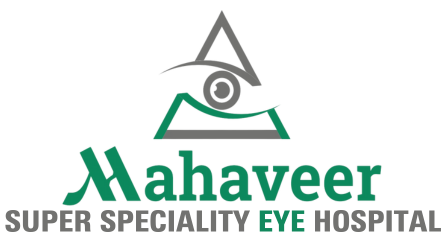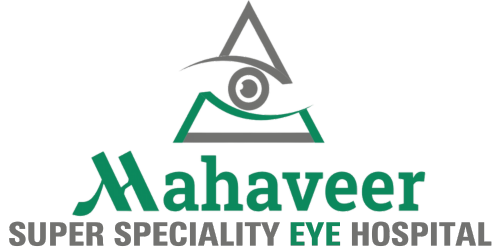Eye injuries can be alarming and potentially serious, requiring immediate attention to prevent lasting damage. Knowing how to handle such injuries effectively can make a significant difference in the outcome. At Mahaveer Eye Hospital, Pune, we are committed to educating our community on proper eye injury management and the importance of seeking professional help when necessary. Here’s a comprehensive guide on first aid for eye injuries and when to seek medical assistance.
Common Types of Eye Injuries
Eye injuries can occur in various ways, including accidents, exposure to harmful substances, and physical trauma. Some common types of eye injuries include:
- Foreign Objects: Dust, dirt, or small particles entering the eye can cause irritation and damage.
- Chemical Burns: Exposure to harmful chemicals can lead to severe eye damage.
- Blunt Trauma: Impact from a blow to the eye can cause bruising, swelling, or more severe damage.
- Cuts and Punctures: Sharp objects can cause lacerations or puncture wounds to the eye or eyelid.
First Aid for Eye Injuries
1. Foreign Objects in the Eye:
- Do Not Rub: Rubbing the eye can cause further damage.
- Flush with Water: Use clean water or saline solution to flush out the foreign object. Tilt your head so that the affected eye is downward and gently pour water from the inner corner to the outer corner.
- Blink: Blink frequently to encourage the object to move to the tear ducts.
- Seek Help: If the object cannot be removed, or if pain and irritation persist, seek professional help immediately.
2. Chemical Burns:
- Immediate Rinse: Rinse the eye with clean, lukewarm water for at least 15-20 minutes. Hold the eye open while rinsing.
- Avoid Contaminating Other Areas: Be careful not to spread the chemical to other parts of the face or body.
- Remove Contact Lenses: If present, remove contact lenses while rinsing.
- Seek Immediate Medical Attention: Chemical burns can cause severe damage and require urgent medical intervention.
3. Blunt Trauma:
- Apply Cold Compress: Use a cold compress or ice pack wrapped in a cloth to reduce swelling and pain. Do not apply ice directly to the eye.
- Protect the Eye: If the injury is severe, cover the eye with a protective shield, such as a clean cloth or cup.
- Avoid Pressure: Do not apply pressure to the injured eye.
- Seek Medical Help: Any significant impact to the eye should be evaluated by a professional to rule out serious injuries like fractures or internal damage.
4. Cuts and Punctures:
- Avoid Touching: Do not touch, rub, or apply pressure to the injured eye.
- Cover the Eye: Use a clean, protective shield to cover the eye. Avoid using anything that applies pressure.
- Seek Emergency Medical Care: Cuts and punctures are serious injuries that require immediate medical evaluation and treatment.
When to Seek Professional Help
While some minor eye injuries can be managed with first aid, it is crucial to seek professional help in the following situations:
- Persistent Pain: If pain continues despite first aid measures.
- Vision Changes: Any changes in vision, including blurred vision, double vision, or loss of vision.
- Severe Swelling or Redness: Indications of a more serious injury.
- Foreign Objects That Cannot Be Removed: If flushing does not remove the object.
- Chemical Exposure: Any chemical burn should be evaluated by a professional.
- Bleeding or Discharge: Any bleeding or unusual discharge from the eye.
Conclusion
Understanding how to handle eye injuries and when to seek help is essential for protecting your vision and ensuring prompt treatment. At Mahaveer Eye Hospital, Pune, our team of highly skilled ophthalmologists is dedicated to providing exceptional eye care services. If you experience an eye injury, do not hesitate to contact us for professional assistance. Your eye health is our priority, and we are here to help you preserve your vision and overall well-being.





Leave A Comment